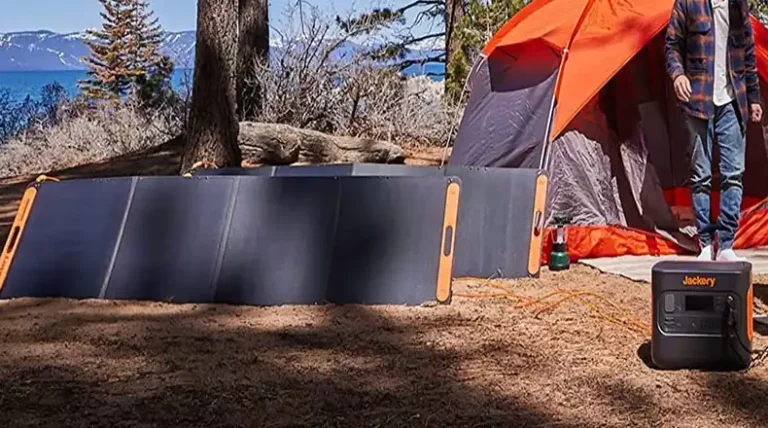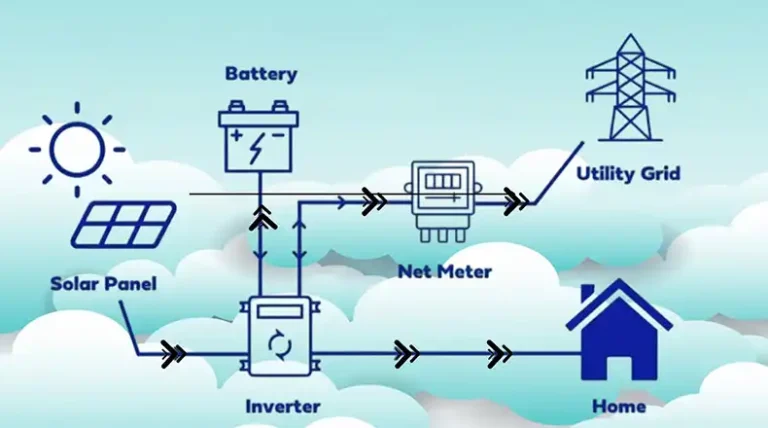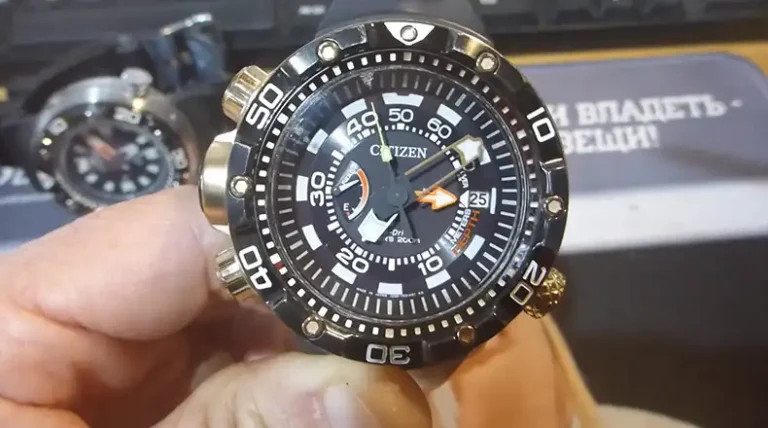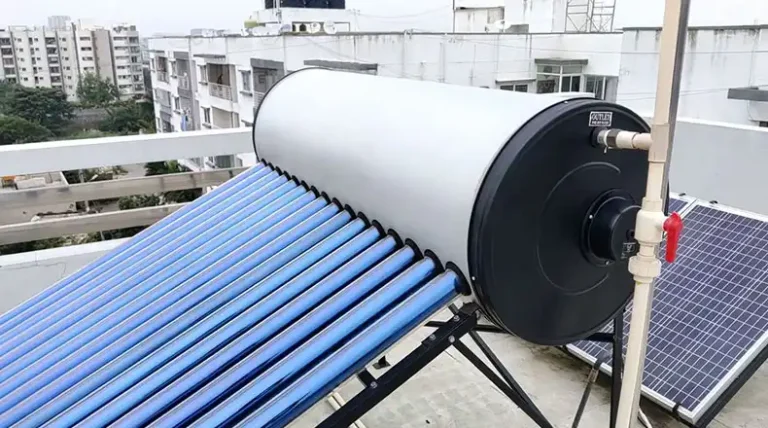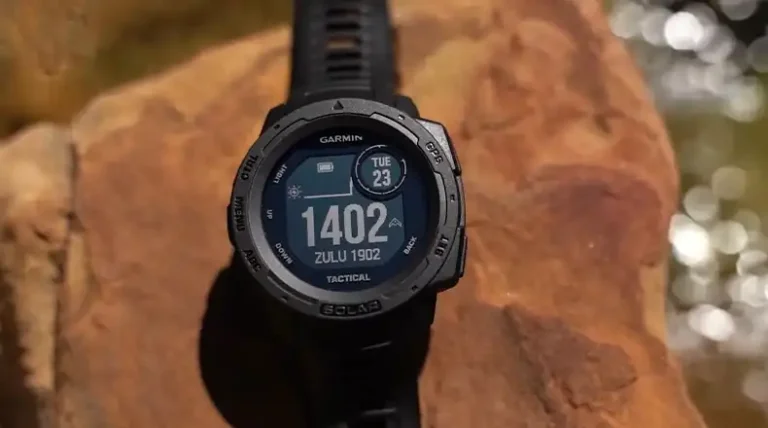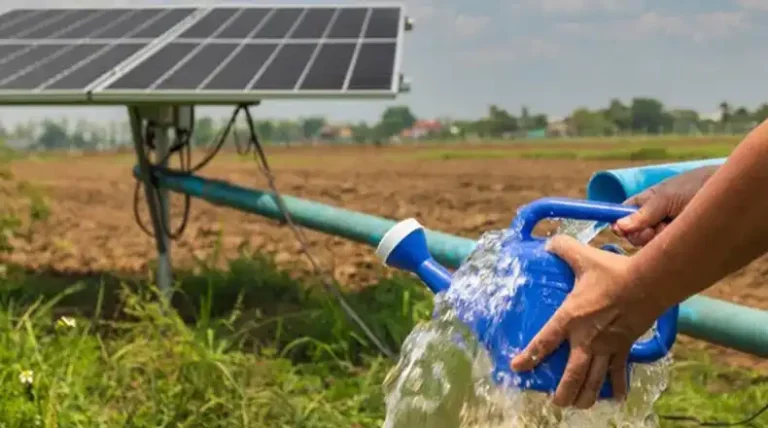What is Solar Charge Controller Max Input Voltage [Answered]
A solar charge controller acts as the brain of the solar system, regulating the flow of electricity from the solar panels to the battery bank. One of the most important specifications of a charge controller is its maximum input voltage, often referred to as Voc (open-circuit voltage). This value determines the maximum voltage that the controller can handle from the solar panels, and understanding it is crucial for the proper functioning and longevity of your solar setup.
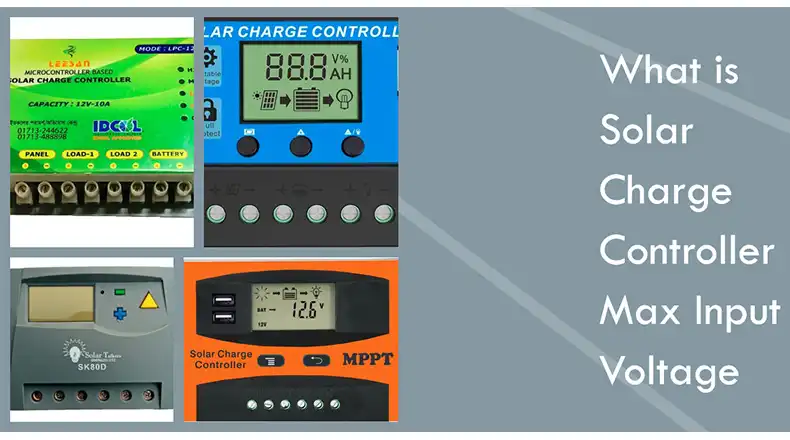
What’s Maximum Input Voltage
The maximum input voltage, or Voc, refers to the highest voltage that a solar panel can produce under specific conditions, such as low temperatures and high levels of sunlight. This voltage can vary depending on factors like the number of panels in the array, their configuration (series or parallel), and the ambient temperature.
Exceeding the maximum input voltage rating of a charge controller can have severe consequences. It can potentially damage the controller, leading to system failure, and even pose safety risks. Therefore, it is essential to select a charge controller with a maximum input voltage that matches or exceeds the expected Voc of your solar panel array.
Max Input Voltage According to Charge Controller Types
There are two main types of solar charge controllers: PWM (Pulse Width Modulation) and MPPT (Maximum Power Point Tracking). Each type has its own characteristics and typical maximum input voltage ranges.
PWM Controllers
PWM controllers are the more basic and affordable option. They work by simply switching the solar panel’s output on and off to regulate the charging of the battery bank. These controllers typically have a lower maximum input voltage range, often between 20 and 50 volts for a 12V system. For smaller systems with solar controllers under 60 amps, the maximum input voltage is typically around 50 volts.
MPPT Controllers
MPPT controllers, on the other hand, are more advanced and efficient. They use an algorithm to constantly adjust the electrical operating point of the solar panels, ensuring that they operate at their maximum power output. These controllers can handle higher input voltages, with typical ranges of 100 to 150 volts for a 12V system-compatible controller. The higher input voltage capability allows for the series connection of more solar panels, reducing wire losses and increasing overall system efficiency.
Why A Higher Max Input Voltage is Better
While PWM controllers are suitable for smaller systems, MPPT controllers offer several advantages due to their higher maximum input voltage capabilities:
- Series Connection of Panels: With a higher Voc rating, MPPT controllers allow for the series connection of more solar panels, reducing wire losses and improving overall system efficiency.
- Increased Energy Harvest Efficiency: MPPT controllers can increase energy harvest efficiency by up to 30% compared to PWM controllers, particularly in scenarios where the panel voltage differs from the battery voltage.
- Flexibility in System Design and Expansion: The higher input voltage capability of MPPT controllers provides greater flexibility in system design and future expansion, allowing for the addition of more solar panels as energy demands grow.
How to Choose the Right Controller
When selecting a solar charge controller, it is crucial to match the maximum input voltage rating to the specifications of your solar panel array. Always refer to the manufacturer’s specifications for both the controller and the panels to ensure compatibility.
Additionally, consider the system voltage (12V, 24V, 48V) and any potential future expansion plans. Sizing the solar charge controller correctly is essential, taking into account factors such as the total panel wattage, current ratings, temperature conditions, and site-specific factors.
Final Words
Understanding the maximum input voltage of a solar charge controller is crucial for the safe and efficient operation of your solar power system. By selecting the right controller and adhering to its voltage limitations, you can ensure the longevity of your investment, maximize energy harvest, and reduce potential risks.
Remember, always consult the manufacturer’s specifications, consider system voltage and future expansion plans, and prioritize safety during installation and maintenance. If you’re unsure or dealing with a complex setup, don’t hesitate to seek professional guidance.
FAQ
Can I exceed the maximum input voltage of a charge controller?
No, it is not recommended to exceed the maximum input voltage rating of a charge controller. Doing so can potentially damage the controller and pose safety risks. Always ensure that the maximum input voltage of the controller matches or exceeds the expected Voc of your solar panel array.
How do I determine the maximum input voltage of my solar panel array?
To determine the maximum input voltage of your solar panel array, refer to the manufacturer’s specifications for each individual panel. Consider factors such as the number of panels, their configuration (series or parallel), and the expected temperature conditions at your location.
Can I use a charge controller with a lower maximum input voltage than my solar panel array?
No, it is not advisable to use a charge controller with a lower maximum input voltage rating than your solar panel array. Doing so increases the risk of damage to the controller and potential safety hazards.
Do I need to consider the maximum input voltage for off-grid and grid-tied solar systems?
Yes, understanding and adhering to the maximum input voltage is crucial for both off-grid and grid-tied solar systems. In grid-tied systems, the charge controller may be replaced by a grid-tie inverter, but the maximum input voltage specifications still apply.
Can I combine multiple charge controllers to accommodate a higher input voltage?
In some cases, it is possible to combine charge controllers in parallel or series configurations to accommodate higher input voltages from larger solar arrays. However, this should be done carefully and according to manufacturer recommendations and proper electrical safety practices.
What happens if I accidentally exceed the maximum input voltage of my charge controller?
If you accidentally exceed the maximum input voltage of your charge controller, it can potentially cause damage to the controller or other components in the system. This may lead to system failure, overheating, or even safety hazards. If this occurs, it is recommended to disconnect the system immediately and seek professional assistance.

